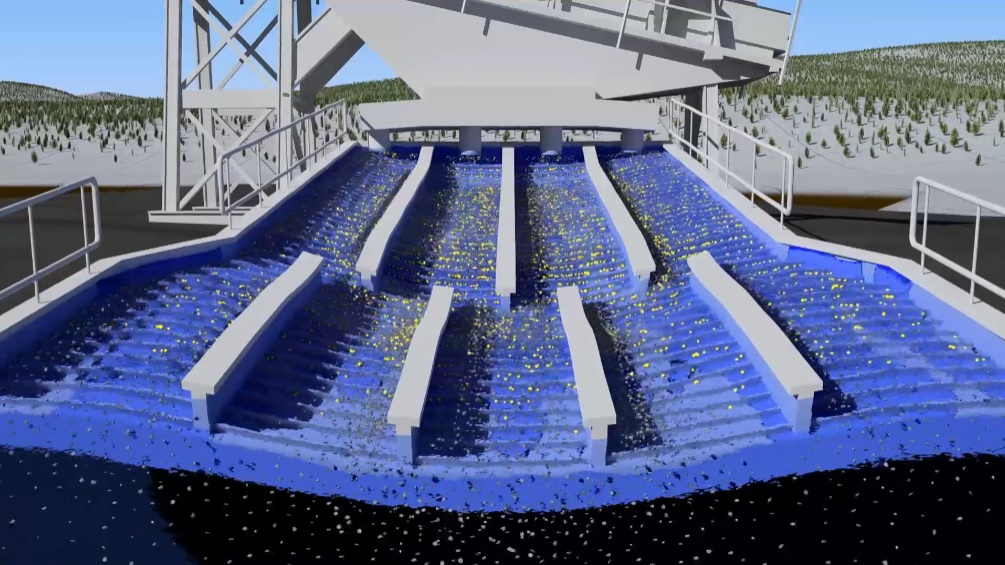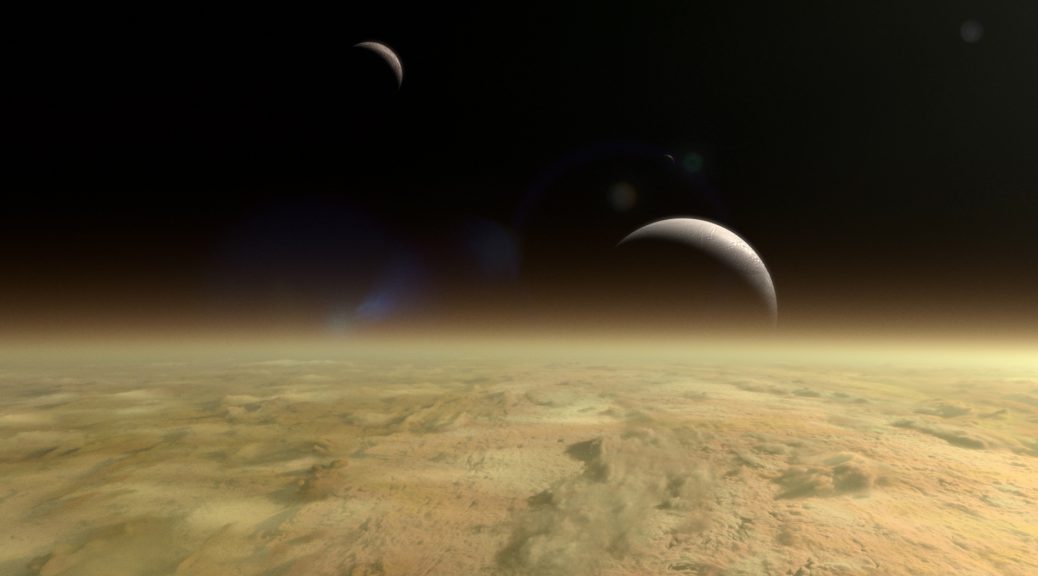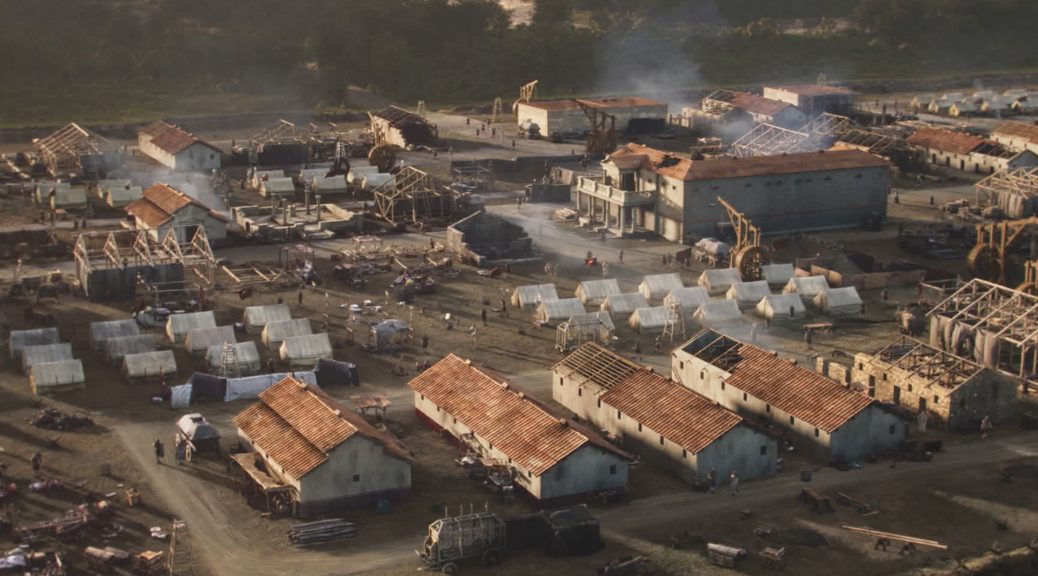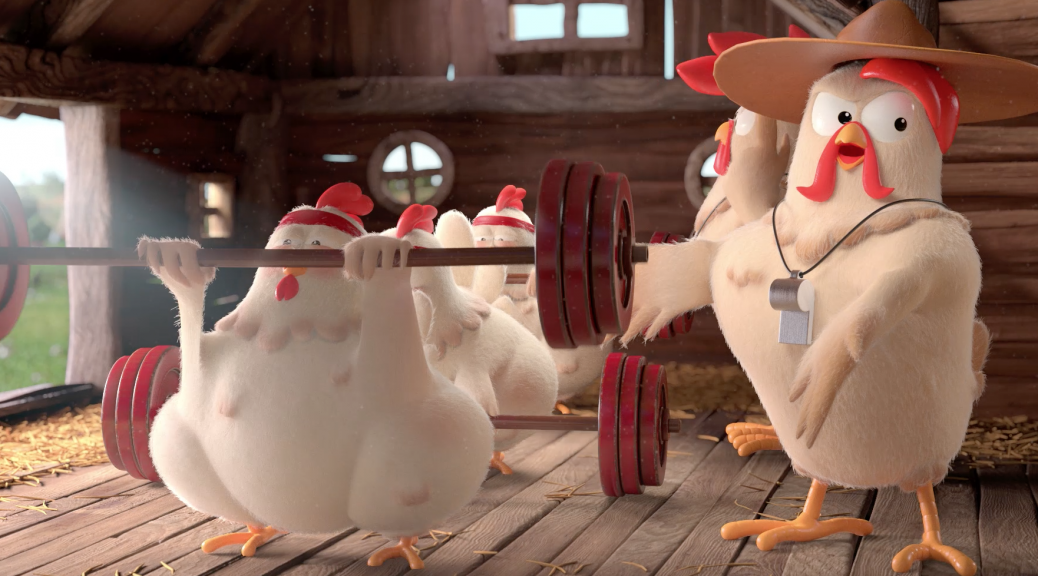Before the late Elizabeth II passed and her son was coronated, I was a CG lead at Rumble VFX on Season 5 of The Crown for Netflix.
See the full breakdown of what Rumble did in the video below and on the Rumble site here The Crown, Season 5 – Rumble VFX:
For me, there was a lot of set extension work to do including a recreation of the famous 90s neon signs at Piccadilly Circus. Naturally, being The Crown, there were also ground level, rooftop and aerial shots of Windsor Castle. I created a dilapidated look for Villa Windsor (Mohamed Al Fayed’s gift to The Queen) and was even called upon to replace an errant non-royal yacht. (How dare the late Steve Jobs leave it in shot!)
Work on the show took lots of hours of research and meticulous attention to detail, creating 3D in Houdini, projections in Photoshop, painting up in Substance Painter, rendering in Redshift.
A challenge for me is that I really enjoy the show and wanted to work on it for years, so ended up treating each shot as if it was my last. At one point I was dreaming of various tones of wall in the shots of Windsor Castle. What helped immensely and stopped me painting myself in to a corner was the exceptional production team whose feedback and documentation of the shoots was on point.
The yacht was a peculiar beast. Yachts are often very smooth, white, shiny, looking like fresh CGI frankly. With this being an HDR project I had to make sure we had details that were matching the plate, even out of the range of the SDR monitors most of us work with daily. When doing my rough comps I knocked the exposure of everything down to check it matched, then brought it up again.
One aspect of this project that really helped is the mountain of photos out there on the web. I’m really grateful for those of you who visited Piccadilly in the 90s with a camera or indeed the millions who’ve documented Windsor and the show’s Windsor, Burghley House over the years!
Set work is just one string to my bow – see other projects here.



